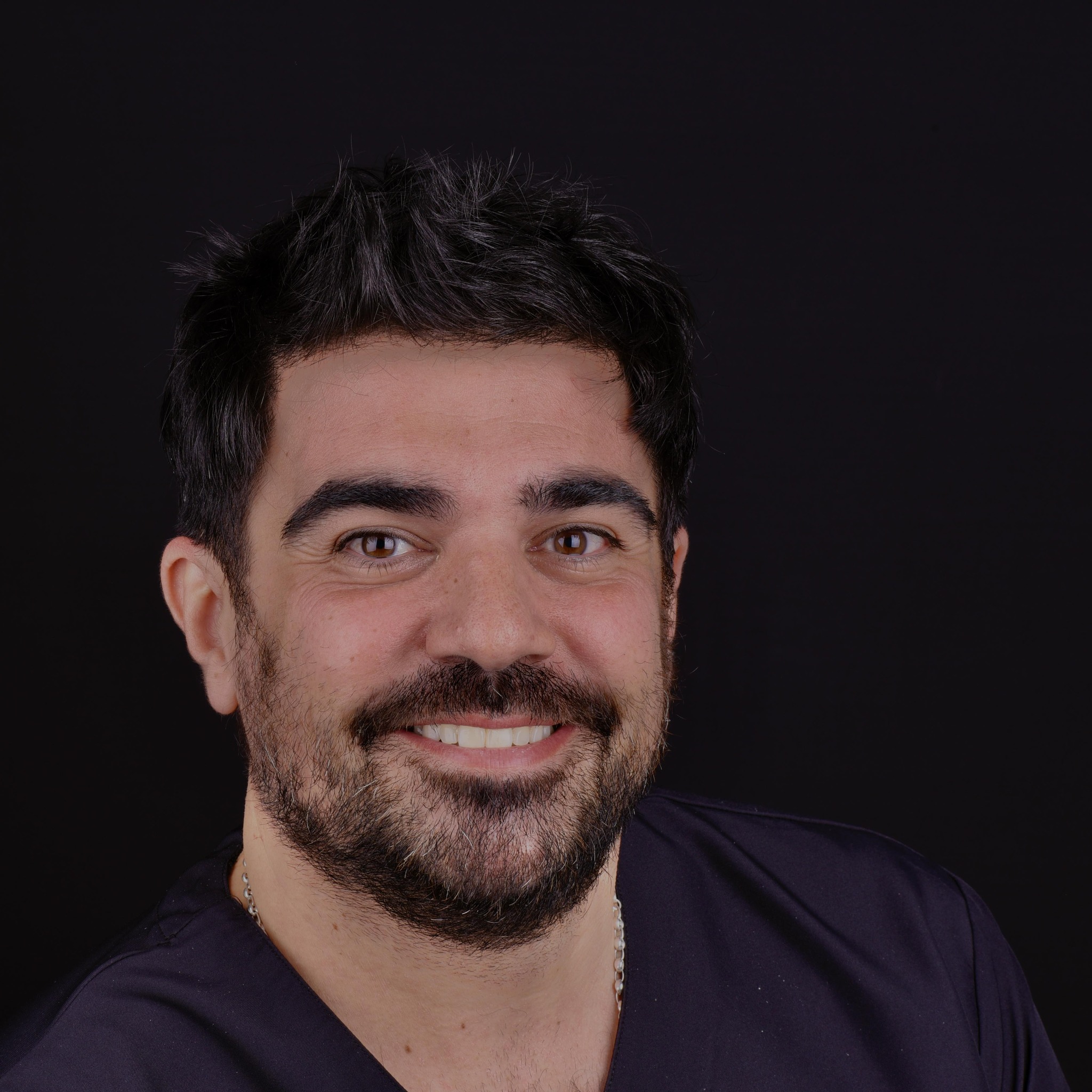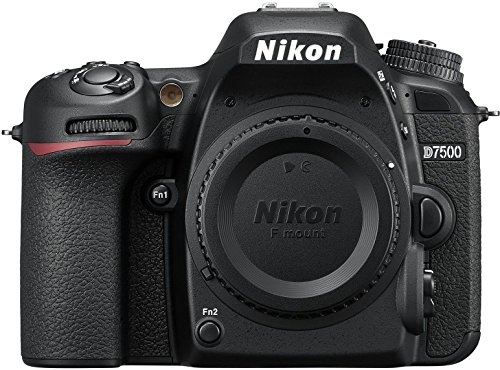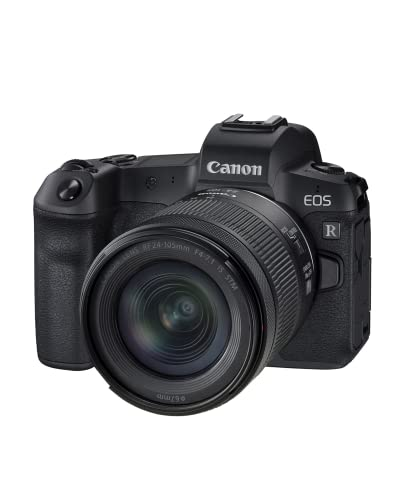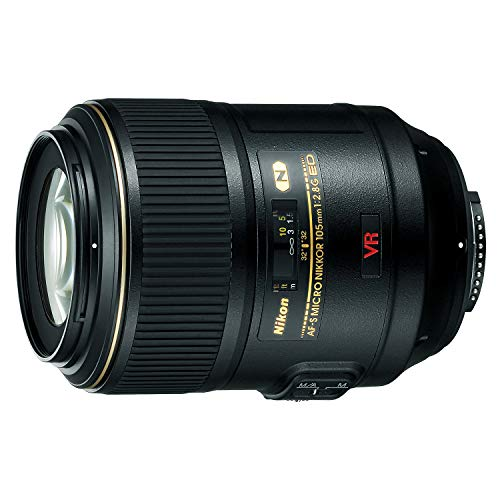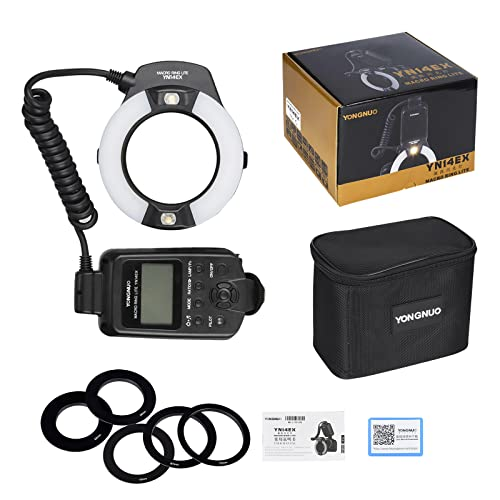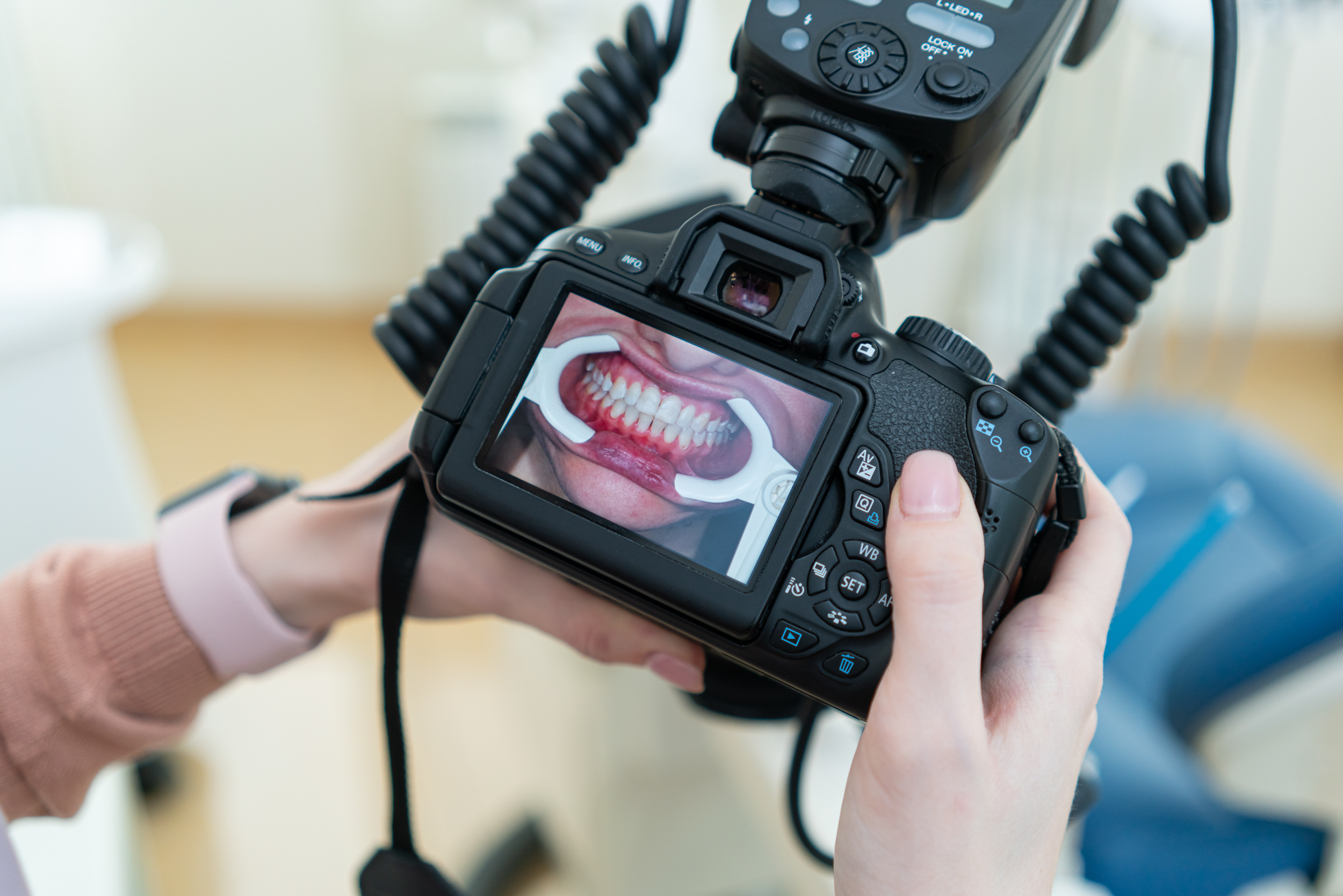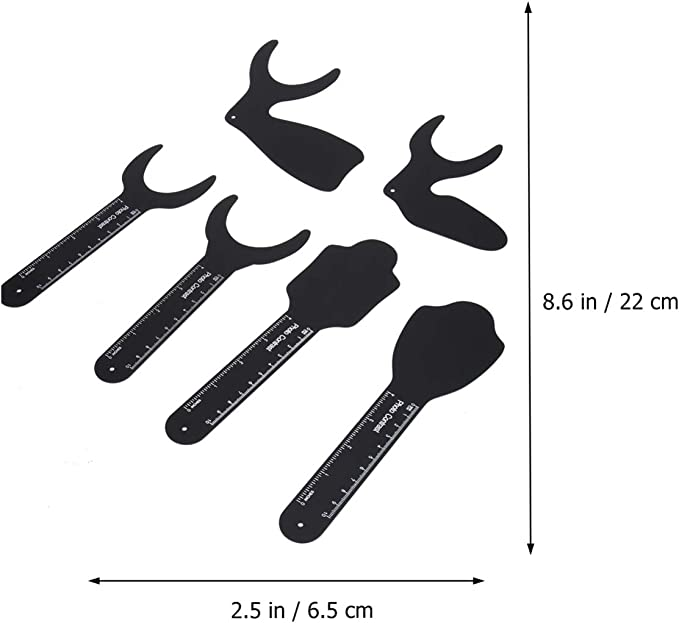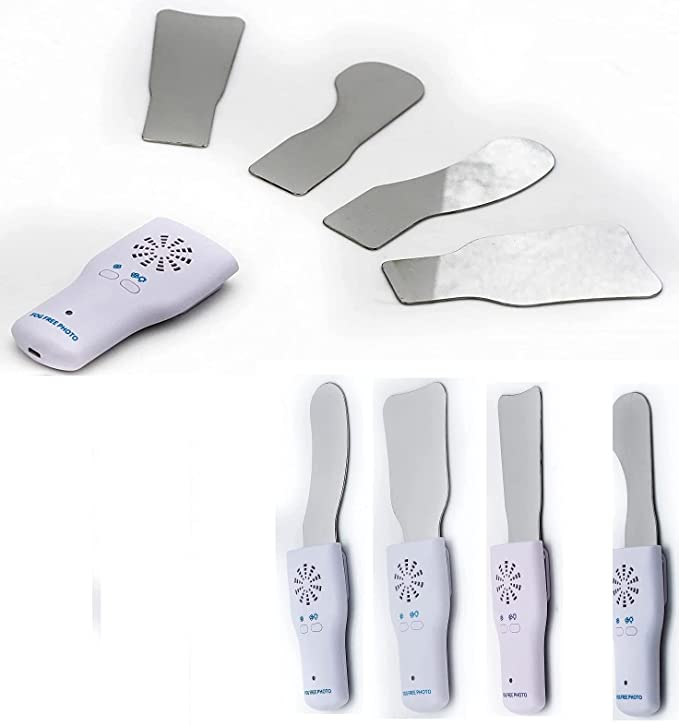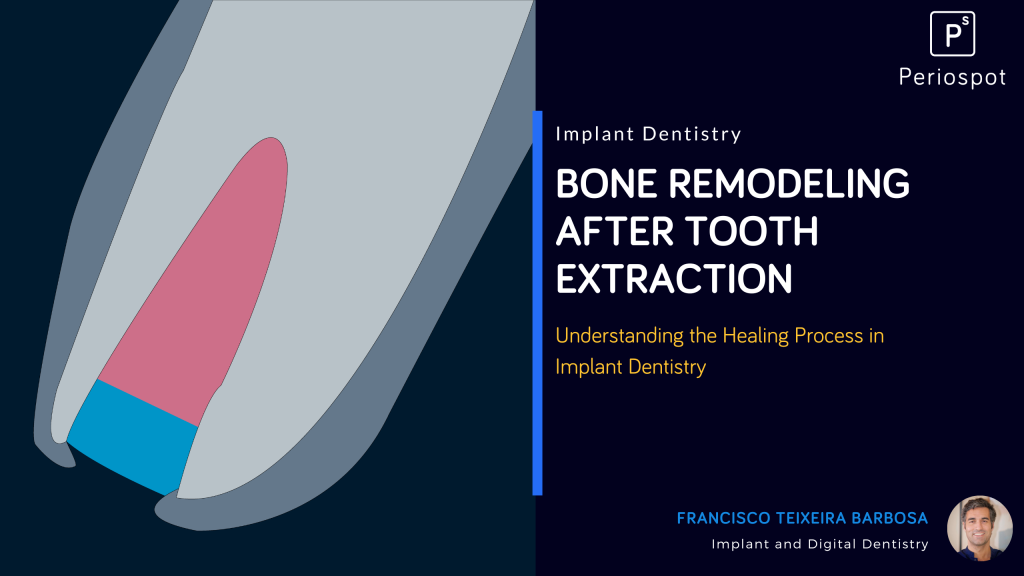Introduction to dental photography
Digital Dental photography is an essential aspect of modern dentistry, with numerous applications in documentation, treatment planning, patient communication, and case acceptance.
This comprehensive guide will cover essential concepts, techniques, equipment, and practical tips for mastering dental photography, helping dental professionals provide the best possible care to their patients and enhance their practice.
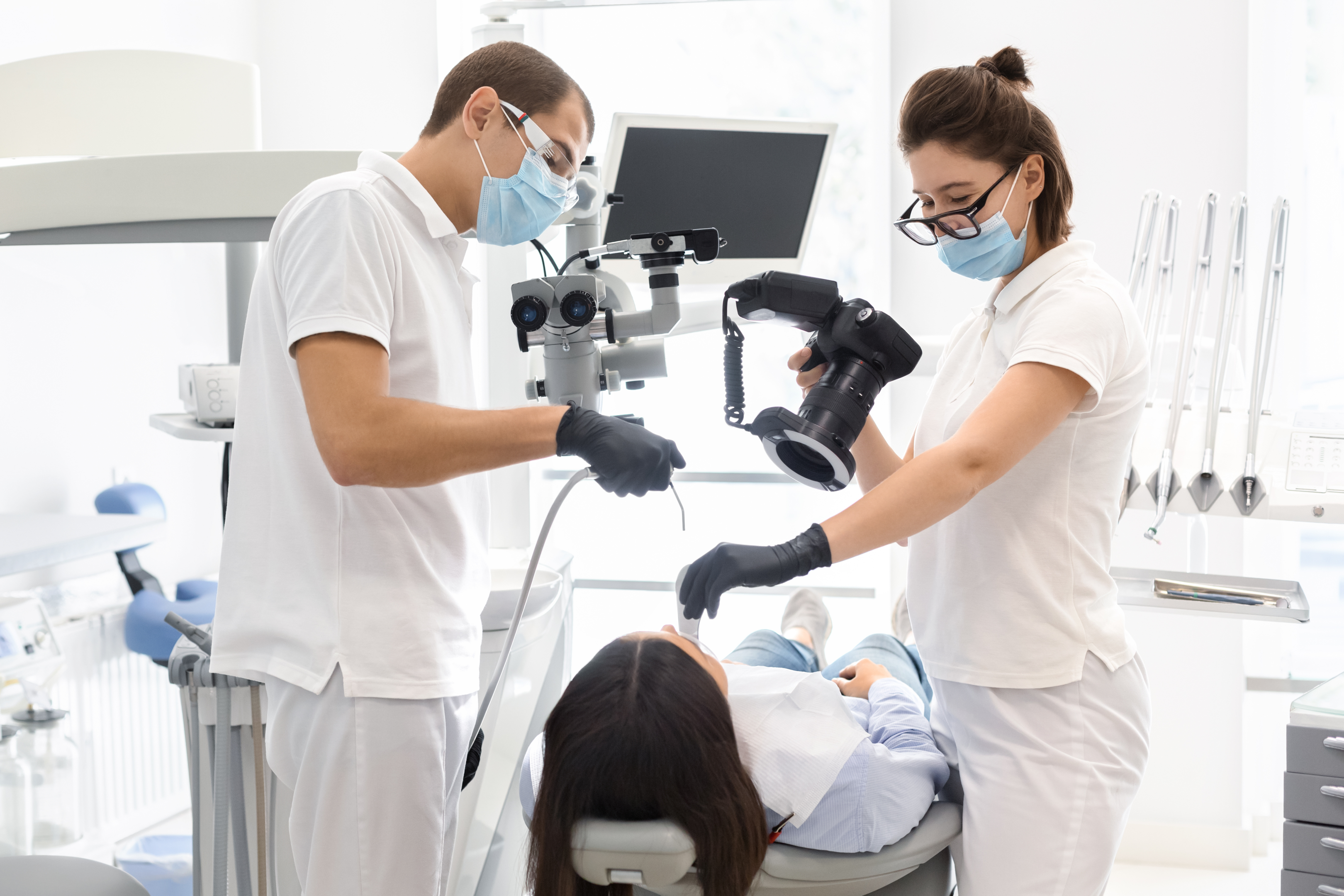
Importance of Dental Photography
Accurate Documentation and Treatment Planning
Dental photographs serve as visual records of a patient’s oral health and treatment progress, enabling dental professionals to track changes over time and plan appropriate interventions. High-quality digital images also facilitate better diagnosis, monitoring, and evaluation of dental conditions, ultimately improving patient outcomes.
Enhanced Patient Communication and Education
Dental photographs provide a visual communication between dental professionals and patients, helping dental practitioners and patients understand their oral health status and the rationale behind proposed treatments. By presenting clear, informative images, dentists can educate patients about different treatment options, explain procedures, and address any concerns or questions.
Increased Case Acceptance
Well-presented dental photographs can significantly impact case acceptance rates by showcasing the benefits of proposed treatments and the dentist’s expertise. In addition, dental professionals can build trust with their patients by visually demonstrating treatment outcomes and encouraging them to proceed with the treatment plan.
Marketing and Practice Promotion
High-quality dental photographs can showcase a dental professional’s skills, treatments, and results to potential patients. In addition, dentists can attract new patients, build their reputation, and grow their practice by incorporating dental images into marketing materials, websites, and social media.
Essential Dental Photography Equipment
Camera Body
A high-quality DSLR (Digital Single-Lens Reflex) or mirrorless camera is recommended for dental photography. Choose a camera with a large sensor, good low-light performance, and the ability to shoot in RAW format for maximum image quality and editing flexibility.
A high-quality DSLR or mirrorless camera can cost between $700 to $2,500. For example, the Canon EOS R or Nikon D7500 are popular choices in the dental field.
Macro Lens
A dedicated macro lens allows for close-up, detailed teeth, and oral cavity images. Look for a lens with a focal length between 90mm and 105mm and a 1:1 magnification ratio for optimal results in digital dental photography.
A macro lens specifically designed for dental photography, like the Canon EF 100mm f/2.8L Macro IS USM or Nikon AF-S VR Micro-NIKKOR 105mm f/2.8G IF-ED, will provide the best results.
Ring Flash or Twin Flash
Proper lighting is crucial for capturing accurate dental photographs. Ring flashes and twin flashes are popular among dental professionals, as they provide even, shadow-free illumination. Ring flashes encircle the lens, while twin flashes are positioned on either side of the lens. Both options can help minimize glare and reflection on the teeth.
The Canon MR-14EX II Macro Ring Lite or Nikon R1C1 Wireless Close-Up Speedlight System are excellent options.
Retractors, Mirrors, and Contrasters
Retractors, mirrors, and contrasters are essential accessories for dental photography, as they help isolate the teeth and eliminate distractions in the images.
Retractors hold the cheeks and lips away from the teeth, while intraoral mirrors allow for capturing images of hard-to-reach areas.
Contrasters, made of black silicone or metal, are placed behind the teeth to create a dark background, making the teeth stand out.
Dental Photography Techniques and Best Practices
Standard Views and Positioning
To ensure consistency and facilitate comparison between images, dental professionals should follow standard views and positioning guidelines when taking dental photographs.
These include full-face, frontal, lateral, occlusal intra-oral, and intraoral views captured at consistent angles and distances. Proper patient positioning and head orientation are also essential for obtaining accurate images.
Image Composition and Framing
Effective image composition can enhance dental photographs’ clarity and visual appeal.
Follow the rule of thirds, positioning the main subject along the grid lines and intersections to create balanced images. When framing, ensure that the teeth are centered, and avoid cropping out essential elements, such as the incisal edges or gingival margins.
Camera Settings and Focus
Mastering camera settings, such as aperture, shutter speed, and ISO, is crucial for achieving optimal exposure and image quality in dental photography.
A small aperture (higher f-stop number) ensures a greater depth of field, keeping the entire dental arch in focus. In addition, a fast shutter speed helps minimize camera shake, while a low ISO reduces noise and graininess.
Additionally, manual focus is recommended for precise control over the area of focus.
Post-Processing and Image Management
Editing Digital Dental Photographs
Editing dental photographs can help enhance their overall quality and appearance.
Dental professionals can use image editing software, such as Adobe Lightroom or Photoshop, to adjust exposure, contrast, sharpness, and color balance to ensure accurate representation of the teeth and oral tissues. However, when editing, it’s crucial to maintain the images’ integrity and avoid altering the original data.
Organizing and Storing Digital Dental Images
Proper organization and storage of dental images are vital for efficiently retrieving and tracking patient records. Dental professionals should establish a consistent file naming and folder structure system, categorizing images by patient, date, and view.
Securely backing up images using cloud storage or external hard drives is essential to prevent data loss.
Emerging Trends and Future Developments in Digital Dental Photography
Artificial Intelligence and Image Recognition
Artificial Intelligence (AI) is set to revolutionize dental photography through advanced image recognition algorithms and machine learning technologies.
These advancements can potentially aid in automatically diagnosing dental conditions from photographs, resulting in faster, more accurate diagnoses. In addition, AI-powered software can also improve image editing by reducing noise, adjusting lighting, and correcting color balance.
Advances in Camera Technology
The rapid development of camera technology, including smaller, more powerful sensors and improved low-light performance, will contribute to the evolution of dental photography.
As digital cameras have become more sophisticated, we may see mobile phones equipped with high-quality lenses and advanced features that could rival dedicated dental cameras, making dental photography more accessible and convenient for dental professionals.
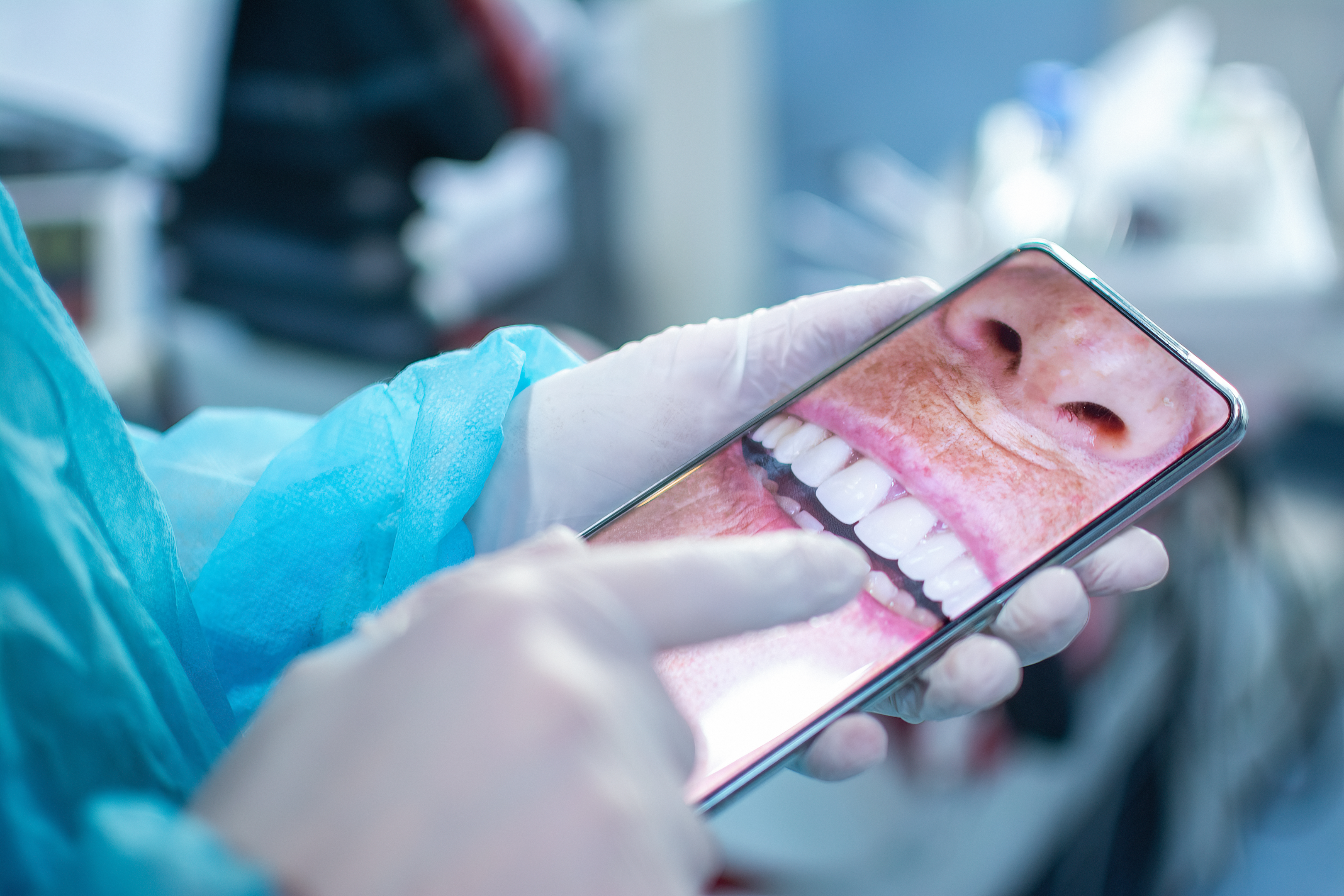
3D Imaging and Augmented Reality
Advancements in dental imaging technologies, such as 3D and augmented reality, are expected to enrich dental photography further. These innovations can give dentists a more comprehensive view of a patient’s oral structures and help them create detailed, personalized treatment plans.
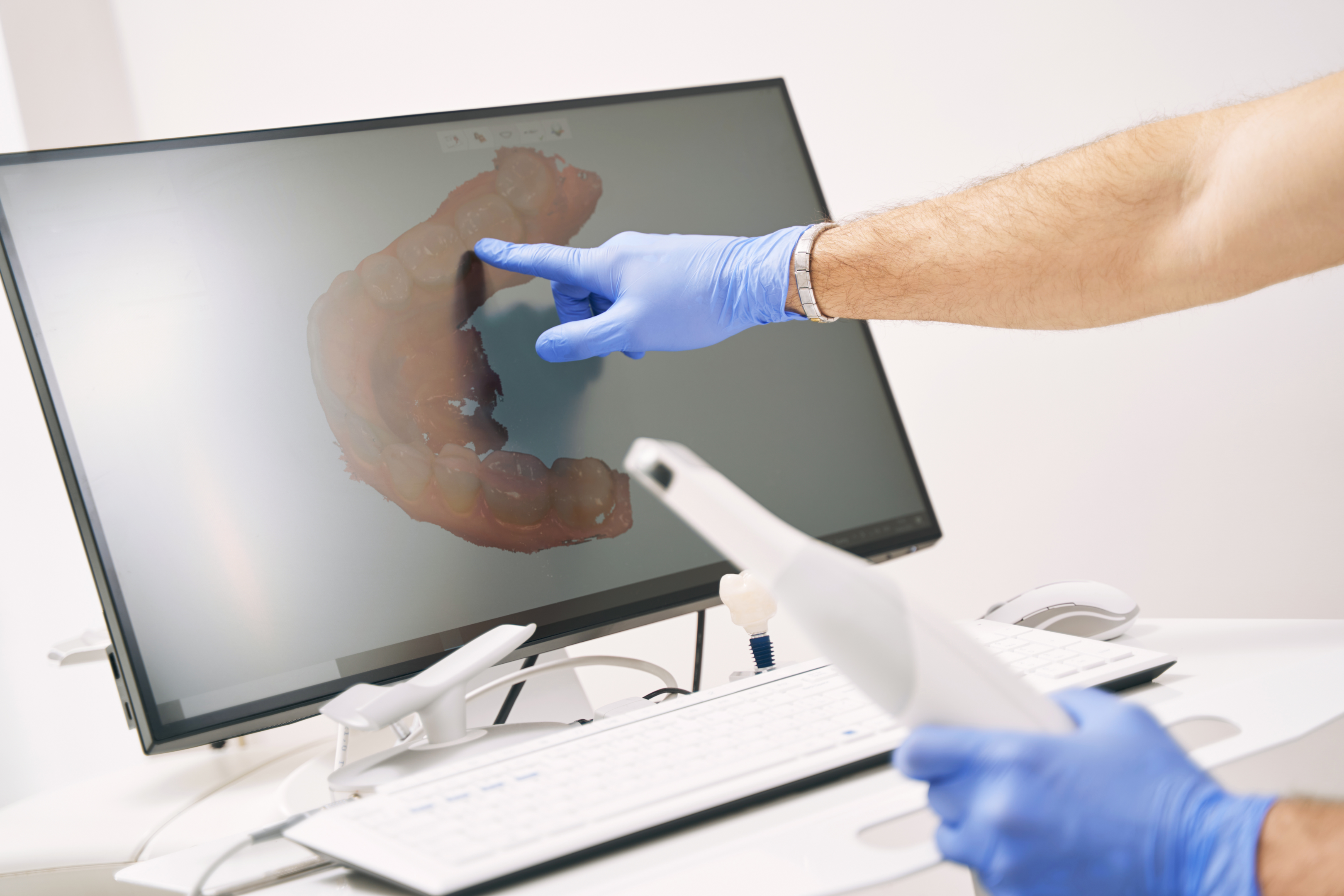
Tele-Dentistry and Remote Consultations
In the future, dental photography may also benefit from integrating teledentistry and remote consultations. As a result, high-quality photographs can be shared with specialists and patients in real-time, enabling more efficient collaboration between dental professionals and enhancing patient care.
Embracing the Future of Digital Dental Photography
In conclusion, dental photography has come a long way and is vital in modern dentistry.
The benefits of mastering dental photography are undeniable, from better documentation and treatment planning to improved patient communication and case acceptance. As we look forward to the future of dental and clinical digital photography, several groundbreaking developments and advancements are set to revolutionize the field.
By staying informed about the latest advancements and adapting to these changes, dental professionals can provide the best possible care to their patients. Embracing the future of digital dental and digital photography and harnessing the power of emerging technologies will equip dentists to offer exceptional care and deliver remarkable patient results.
The Importance of Continuous Learning and Skill Development in Contemporary Dental Photography
Dental professionals must stay up-to-date with the latest advancements in dental photography and continuously refine their skills to ensure they can provide the best possible care to their patients.
This involves mastering the technical aspects of dental photography and learning how to effectively use the images for patient communication, marketing, and treatment planning.
Professional Development Courses and Workshops
Dental professionals should consider enrolling in professional development courses and workshops on dental photography. These courses can help you stay current with the latest techniques, equipment, and best practices. [Include an image of dental professionals participating in a dental photography workshop, with the alt text: “Dental photography professional development workshop”]
Online Resources and Communities
Joining online communities dedicated to dental photography can provide valuable support and resources, allowing you to learn from the experiences of other dental professionals, ask questions, and share your knowledge.
Additionally, online resources such as blogs, articles, and video tutorials can offer helpful tips and insights for improving your dental photography skills.
Staying Updated on Industry Trends and Innovations
Keeping abreast of industry trends and innovations will ensure you remain competitive in dental photography. This can involve reading industry publications, attending conferences and trade shows, and networking with other dental professionals to stay informed about new technologies and techniques.
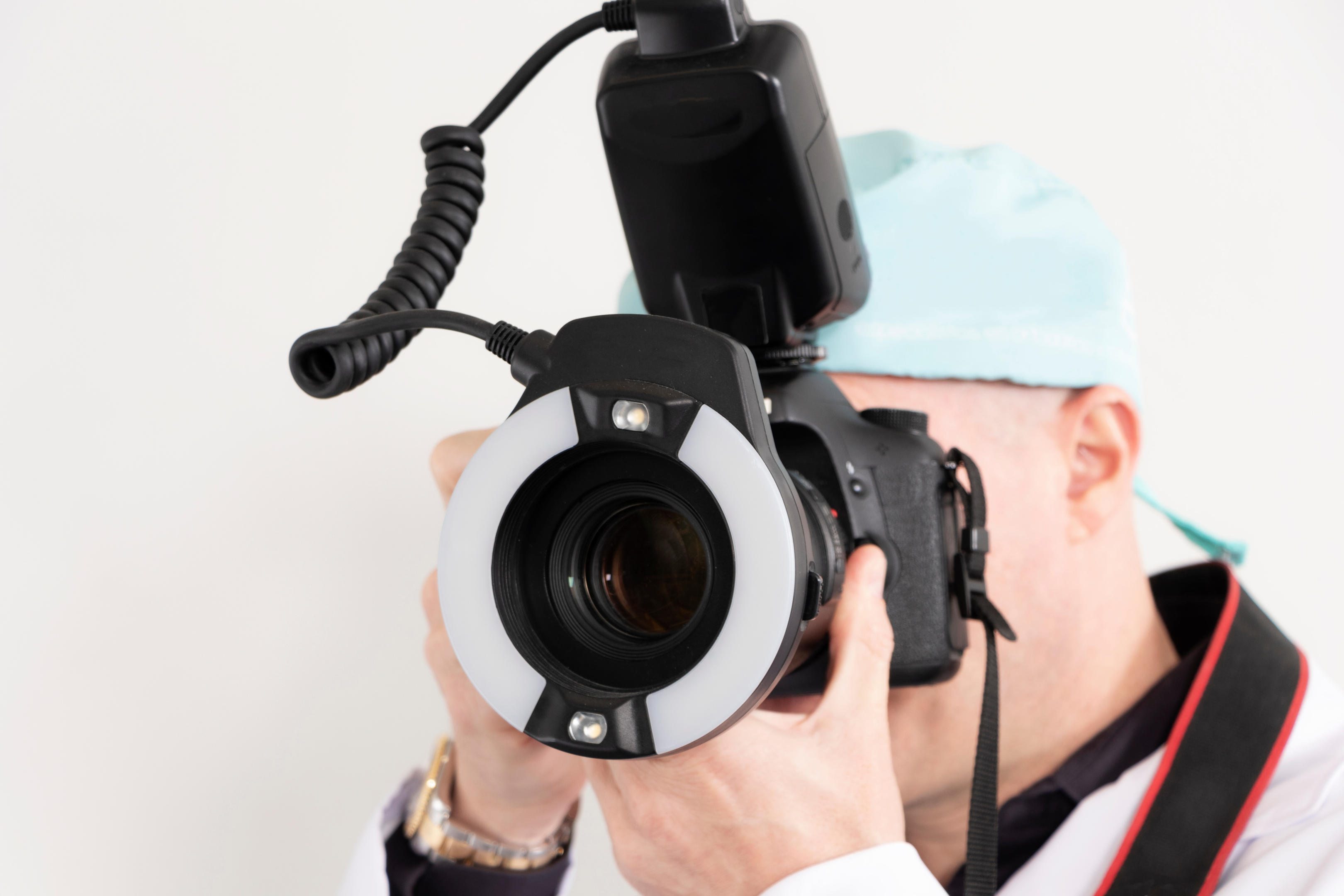
Here are 5 to 8 ideas on how to use dental photographs to achieve these goals:
- Visual diagnosis: Use dental photographs to visually (intra-oral photography and extra-oral) demonstrate the patient’s oral health issues, such as cavities, gum disease, or tooth wear. By showing the patient exactly what’s happening in their mouth, you can help them better understand the need for treatment and encourage them to take action.
- Treatment comparison: Present before-and-after photographs of similar cases you have successfully treated, emphasizing the positive results your patients have experienced. This can help build trust and confidence in your expertise, increasing the likelihood that the new patient will choose your practice for their dental care.
- Smile simulation: Utilize digital smile design software to create a virtual preview of the patient’s potential treatment outcome, showing them how their smile could look after the proposed treatment. This can help patients visualize the benefits of the treatment and encourage them to move forward with the plan.
- Patient education: Use dental photographs to explain different treatment options and their benefits, allowing patients to make informed decisions about their care. A visual representation of the various treatment options can help patients better understand the proposed procedures and their potential impact on their oral health.
- Addressing concerns: Address any patient concerns or questions by using dental photographs to illustrate the issue and discuss possible solutions. This can help alleviate fears or misconceptions and foster open communication between you and the patient.
- Emphasizing value: Show patients the value of preventative care and routine dental visits using dental photographs to illustrate the progression of untreated oral health issues. By demonstrating the potential consequences of neglecting their oral health, you can encourage patients to prioritize regular dental care.
- Building rapport: Share your own dental photography portfolio to showcase your skills and commitment to high-quality care. This can help establish a personal connection with the patient and demonstrate your passion for helping them achieve optimal oral health.
- Patient testimonials: Present photographs and testimonials from satisfied patients to provide social proof of the quality of your services. This can help reassure new patients that they are making the right decision by choosing your practice for their dental care.
Digital dental photography is a tool to improve communication with the patient and boost conversion during the first visit.
Incorporating dental photographs into your patient consultations can significantly impact patient acceptance rates and the overall success of your practice.
Using images to educate, inform, and build trust, you can create a strong connection with new patients and encourage them to choose your practice for their dental care.
Editing, organizing, and storing dental photographs are essential tasks to ensure consistent and professional results.
Here are some tips and recommendations:
Editing Tips:
- Use professional editing software: Adobe Lightroom and Adobe Photoshop are widely used and recommended for editing dental photographs. They offer many tools and features to help you enhance and correct your images.
- Correct color balance: Adjust the white balance to ensure accurate color representation in your dental photographs, especially regarding the natural color of teeth and gums.
- Crop and align: Crop your images to remove unnecessary elements and distractions. Align your images consistently to ensure a uniform presentation of your cases.
- Retouching: Use retouching tools sparingly to correct minor imperfections such as dust spots or blemishes while maintaining the integrity and authenticity of the images.
Organizing and Storing Tips:
- Consistent file-naming system: Use a consistent file-naming system that includes information such as patient name, date, and specific details about the image (e.g., pre-treatment, post-treatment, etc.).
- Folder organization: Create a logical folder structure for organizing your images, such as folders for each patient, further divided into subfolders for different treatment stages or specific procedures.
- Backup: Regularly back up your images to multiple locations, including an external hard drive and a cloud storage service like Google Drive or Dropbox, to ensure your data is safe and secure.
- Metadata: Add relevant metadata to your images, such as keywords, patient information, and treatment details, to make it easier to search and retrieve images later.
Printing Solutions:
- Online photo book printing services: Companies like Shutterfly, Mixbook, or Blurb allow you to create custom photo books that can be mailed to your patients. These platforms provide easy-to-use templates and design tools for creating professional-looking photo books.
- High-quality printers: If you prefer to print in-house, invest in a high-quality photo printer, like the Epson SureColor P800 or Canon imagePROGRAF PRO-1000, to ensure the best results.
Process Idea:
- After completing a patient’s treatment, select the best before-and-after images, and edit them to ensure consistent quality.
- Choose an online photo book printing service and create an account. Browse their templates and choose one that aligns with your brand image.
- Design the photo book by uploading the edited images and adding captions, treatment descriptions, or patient testimonials. Customize the layout and design to make it visually appealing and informative.
- Order a printed copy of the photo book to be shipped to the patient’s home. Ensure you have the patient’s consent to send them the photo book.
- Consider adding a personalized note to the photo book, expressing gratitude for their trust in your practice and inviting them to share their experience with friends and family.
By using professional editing software, organizing your images effectively, and utilizing online printing services, you can create a powerful marketing tool that showcases your work and helps build your brand.
The process of creating and sending photo books to your patients not only enhances your practice’s image but also reinforces the positive experience patients have had, encouraging them to refer others to your practice.
The initial investment in digital dental equipment
Estimating the initial investment in dental photography equipment and the number of treatments required to cover this investment depends on several factors, including the specific equipment you choose, the cost of the equipment, and the fees charged for various dental treatments in different countries. Here’s a rough breakdown of the initial investment and an estimation of the treatments needed to cover it:
Investment in Dental Photography Equipment:
- Camera body: A high-quality DSLR or mirrorless camera can cost between $700 to $2,500. For example, the Canon EOS R or Nikon D7500 are popular choices in the dental field.
- Macro lens: A dedicated macro lens for dental photography typically costs between $500 to $1,000. Some options include the Canon EF 100mm f/2.8L Macro IS USM or Nikon AF-S VR Micro-NIKKOR 105mm f/2.8G IF-ED.
- Ring flash or twin flash: A ring flash or twin flash for even illumination of the oral cavity can range from $300 to $600. Examples include the Canon MR-14EX II Macro Ring Lite or Nikon R1C1 Wireless Close-Up Speedlight System.
- Retractors, mirrors, and contrastors: A set of dental retractors, mirrors, and contrastors can cost between $150 to $300, depending on the quality and brand.
- Color calibration target (optional): A color calibration target like the X-Rite ColorChecker Passport or Datacolor SpyderCHECKR costs around $100 to $150.
The total estimated initial investment for dental photography equipment ranges from $1,750 to $4,850.
Number of Treatments to Cover the Investment:
The number of treatments required to cover the investment depends on the fees charged for dental procedures involving dental photography, such as implant placements, cosmetic dentistry, or orthodontics. The fees for these procedures can vary significantly between countries.
For example, if a dental practice charges an average of $4,000 for a dental implant procedure in the United States and an average of €1,200 (approximately $1,320) for the same procedure in Spain, the dentist would need to perform the following number of treatments to cover the initial investment:
United States:
- For a total investment of $1,750: 1 treatment ($1,750 / $4,000 = 0.44)
- For a total investment of $4,850: 2 treatments ($4,850 / $4,000 = 1.21)
Spain:
- For a total investment of $1,750: 2 treatments ($1,750 / $1,320 = 1.33)
- For a total investment of $4,850: 4 treatments ($4,850 / $1,320 = 3.67)
The money left after the treatment in Spain and the US would leave you with some extra cash to invest in Bitcoin. 😅
It’s important to note that the number of treatments needed to cover the investment will vary depending on the specific equipment chosen and the fees charged for dental procedures in different countries. Additionally, once the initial investment is covered, dental photography can help boost case acceptance, improve patient communication, and potentially increase revenue for your practice.
Wrapping up and closing ideas and insights regarding dental photography.
In conclusion, dental photography has come a long way and is vital in modern dentistry. The benefits of mastering dental photography are undeniable, from better documentation and treatment planning to improved patient communication and case acceptance and even an impact on dental practice management.
As we look forward to the future of dental photography, several groundbreaking developments and advancements are set to revolutionize the field.
Artificial Intelligence (AI) is poised to impact dental photography significantly. Advanced image recognition algorithms and machine learning technologies can potentially aid in diagnosing dental conditions from photographs automatically, leading to faster and more accurate diagnoses.
AI-powered software can also help improve image editing and enhance the image quality of dental photographs by reducing noise, adjusting lighting, and correcting color balance.
The rapid development of camera technology, including smaller, more powerful sensors and improved low-light performance, will contribute to the evolution of dental photography.
As cameras become more sophisticated, we may see mobile phones equipped with high-quality lenses and advanced features that could rival dedicated dental cameras, making dental photography more accessible and convenient for dental professionals.
Moreover, advancements in dental imaging technologies, such as 3D imaging and augmented reality, are expected to enrich dental photography further. These innovations can give dentists a more comprehensive view of a patient’s oral structures and help them create detailed, personalized treatment plans.
In the future, dental photography may also benefit from integrating teledentistry and remote consultations. High-quality photographs can be shared with specialists and patients in real-time, enabling more efficient collaboration between dental professionals and enhancing patient care.
As dental photography continues to evolve, it is essential for dental professionals to stay informed about the latest advancements and adapt to these changes to provide the best possible care to their patients.
By embracing the future of digital dental photography and harnessing the power of emerging technologies, dentists will be well-equipped to offer exceptional care and deliver remarkable patient results.

